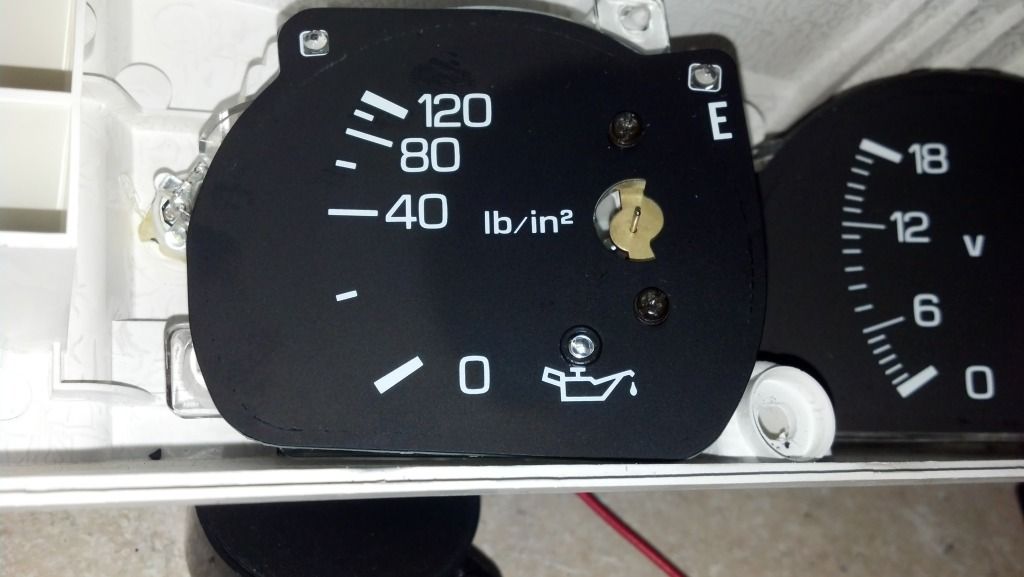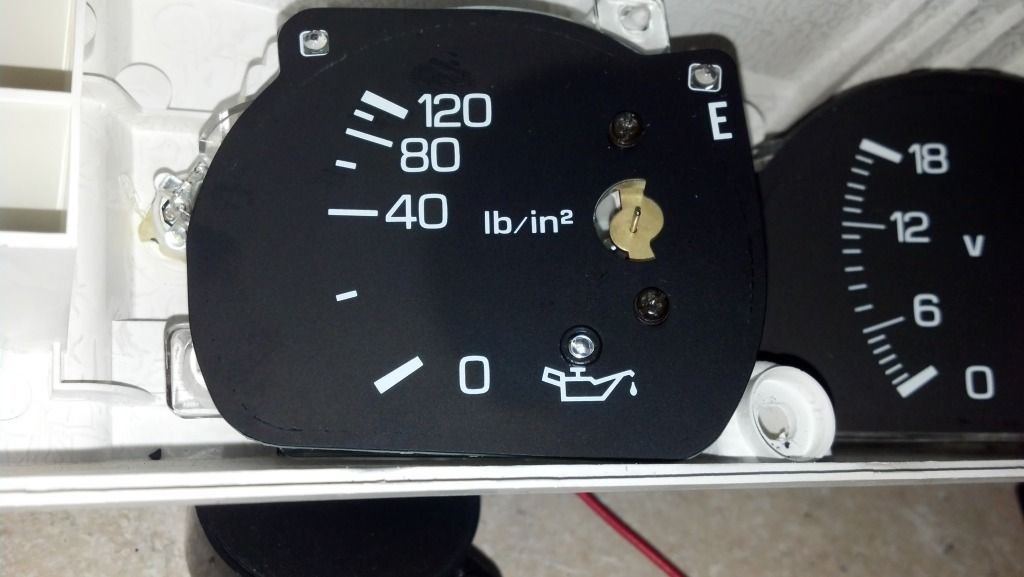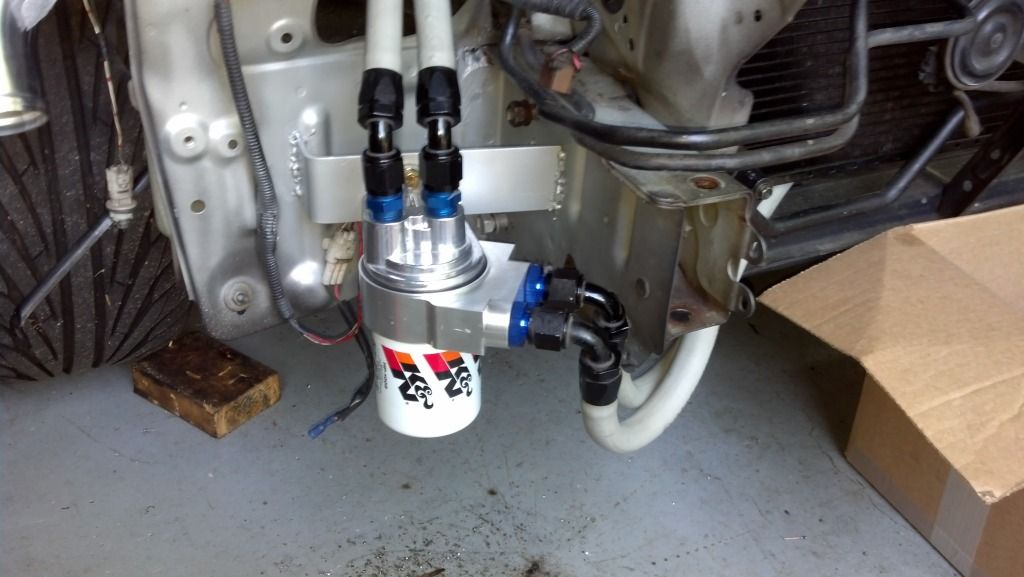BryanDyer;1940333 said:I actually have that exact same turbo on my list of things to to..what ar did you get?
There is no "readable" AR for this one because its a bolt-on replacement for a CT26. The housings are custom made specifically for that purpose so I can use my stock exhaust manifold and downpipe.
Supposedly the 6262 are the measurements. (compressor inlet/inducer = 62 mm and turbine exducer= 62 mm), so... I am not sure what the ar is as the only options are inducer/exducer sizing of which 6262 is the biggest with this housing.
Because I am just barely turbo literate, I am not sure that I have enough information to say what the ar is. I do know that this is the largest I would go without going T4... and I still plan to go T4.. but probably not 3-4 years from now.
STOLEN EXPLANATION FROM Automotive helper dot com....
The exhaust and compressor housings on turbo chargers use a "scroll" design.
For example, the exhaust housing's scroll is where the exhaust gasses enter the housing and are directed at the turbine. It's basically a smooth, tubular chamber that surrounds the turbine with a slot all the way around that acts as a nozzle to direct the exhaust gasses at the turbine. It's called a scroll because it slowly gets smaller in diameter as a goes around the turbine. This pressurizes the gasses, forcing them out of the slot/nozzle at a fast rate. In turbo-terms, the scroll is measured by the cross-sectional area of the scroll's "tube" (A) and the distance from the center of the "tube" to the turbine shaft (R). The values by themselves are not meaningful to the user and for the most part, R does not change much for different housings, but by dividing R into A, you get the A/R ratio. So, the A/R ratio of the exhaust housing refers to the size and shape of the scroll that is cast into the housing. It basically determines how restrictive the housing will be, versus how quickly the turbine will spin up. A lower A/R ratio (smaller scroll area, A) results in a more restrictive housing. This restriction speeds up the exhaust gasses and increases the amount that the gasses will expand. It's the speed and expansion of the gasses that causes the turbine to spin. So with a low A/R ratio, the turbine will spin up quicker, but as engine output and rpms increase, the restriction of the housing begins to build up too much back pressure on the engine, which reduces performance. A good rule of thumb for when there is too much back pressure is when the pressure in the exhaust manifold is more the half of the pressure in the cylinder. So basically, a larger A/R ratio will improve your engine's top end, while losing some mid range power and increasing turbo lag. A smaller A/R ratio will help the bottom and mid-range, but may effect the top end.
On the compressor side, the housing also features a scroll design, but it has the opposite function. The air leaving the compressor turbine has a lot of speed, but not much pressure. The scroll on the compressor housing starts small and gets larger as it approaches the compressor outlet. This collects the air and builds up air pressure. So, the compressor housing is designed to convert the speed-energy of the air coming off of the compressor turbine into pressure-energy, which is much more useful to an engine.





